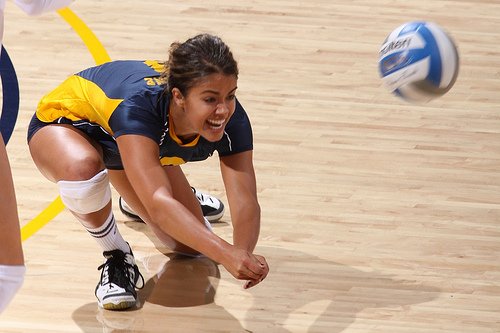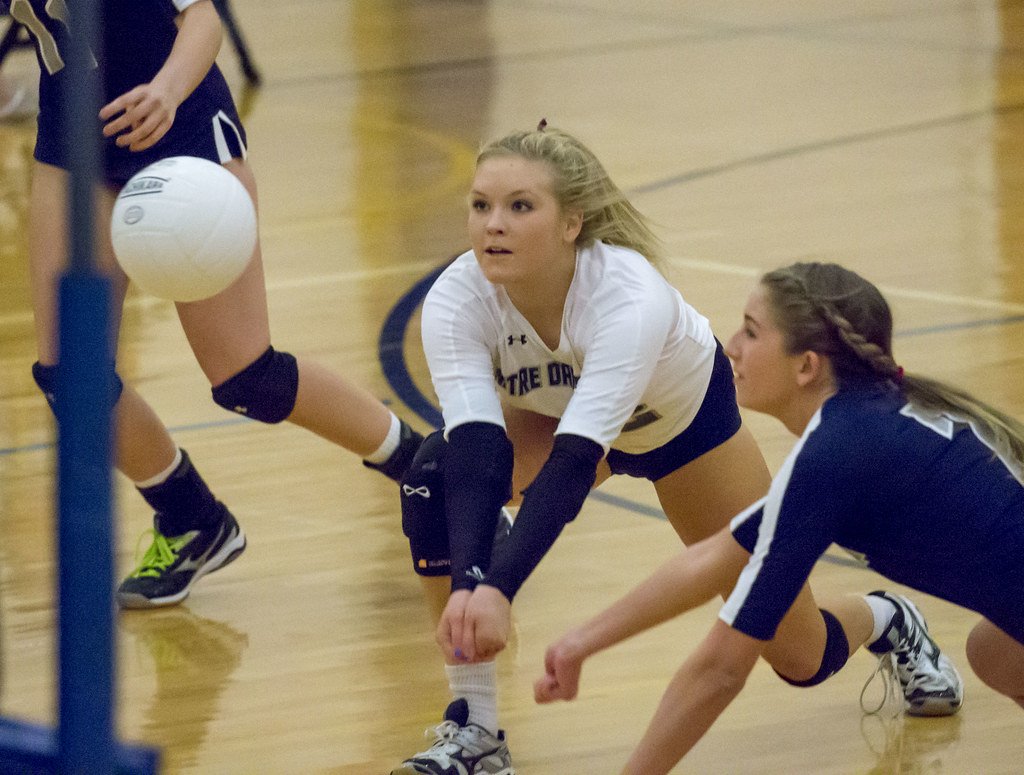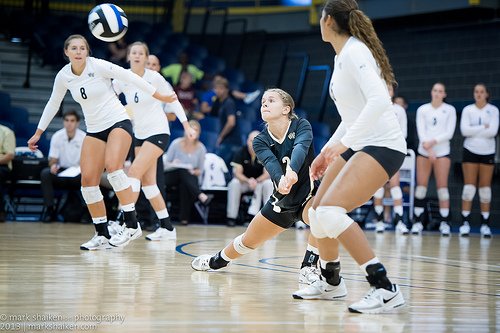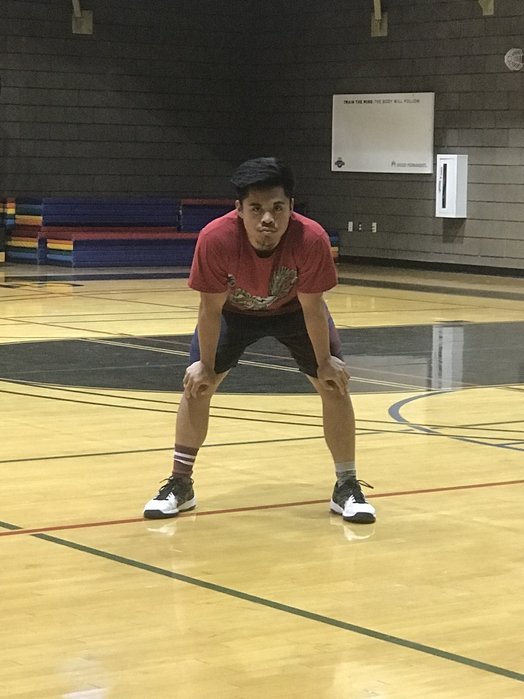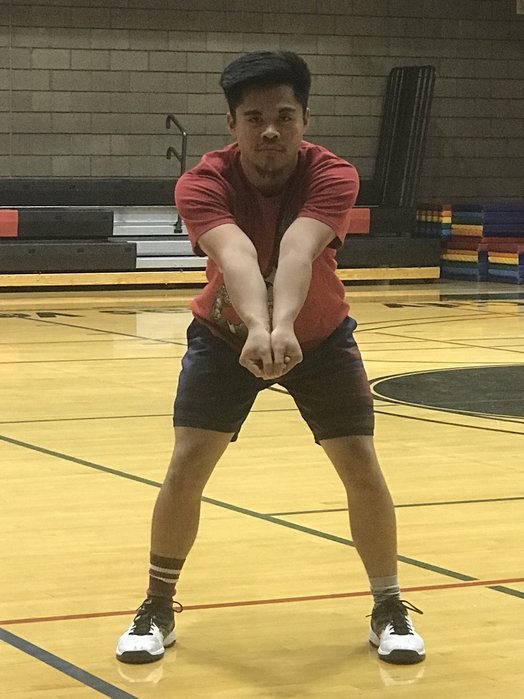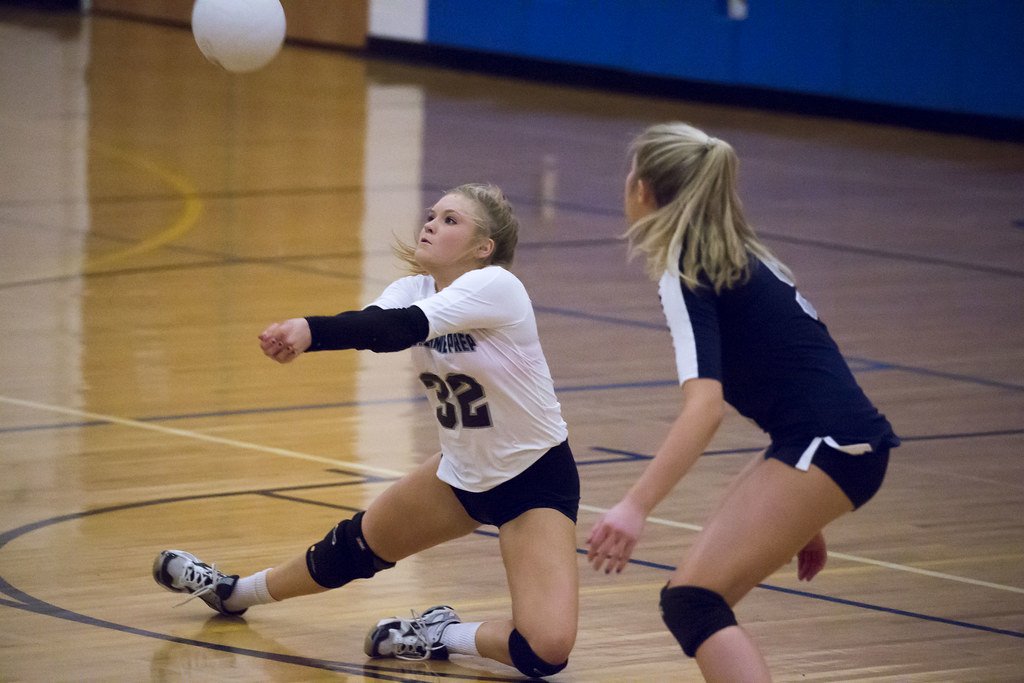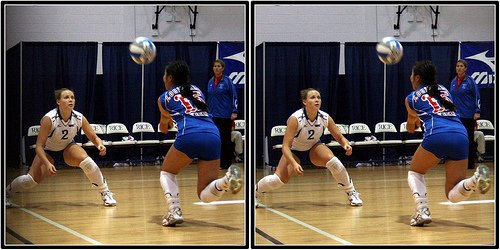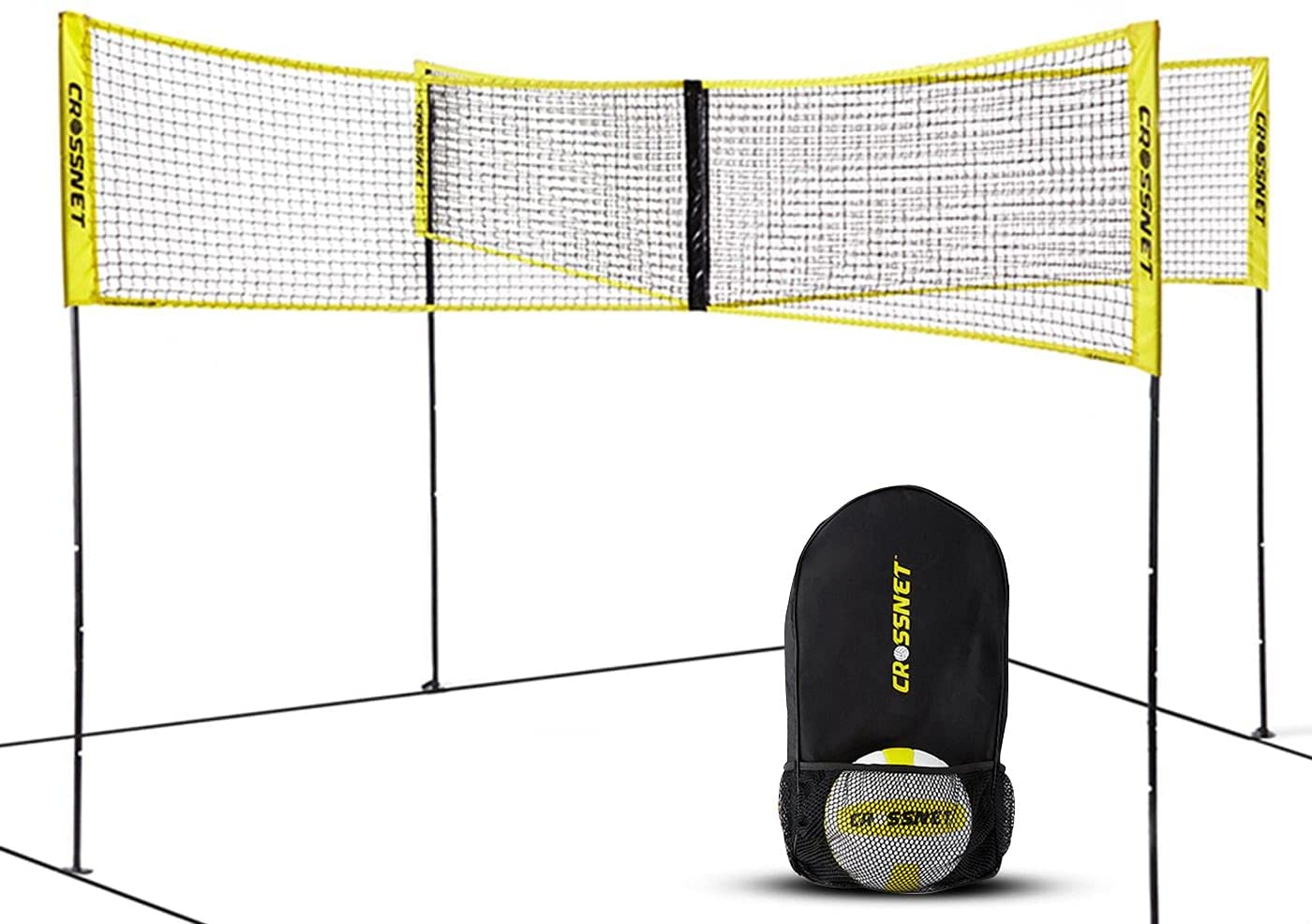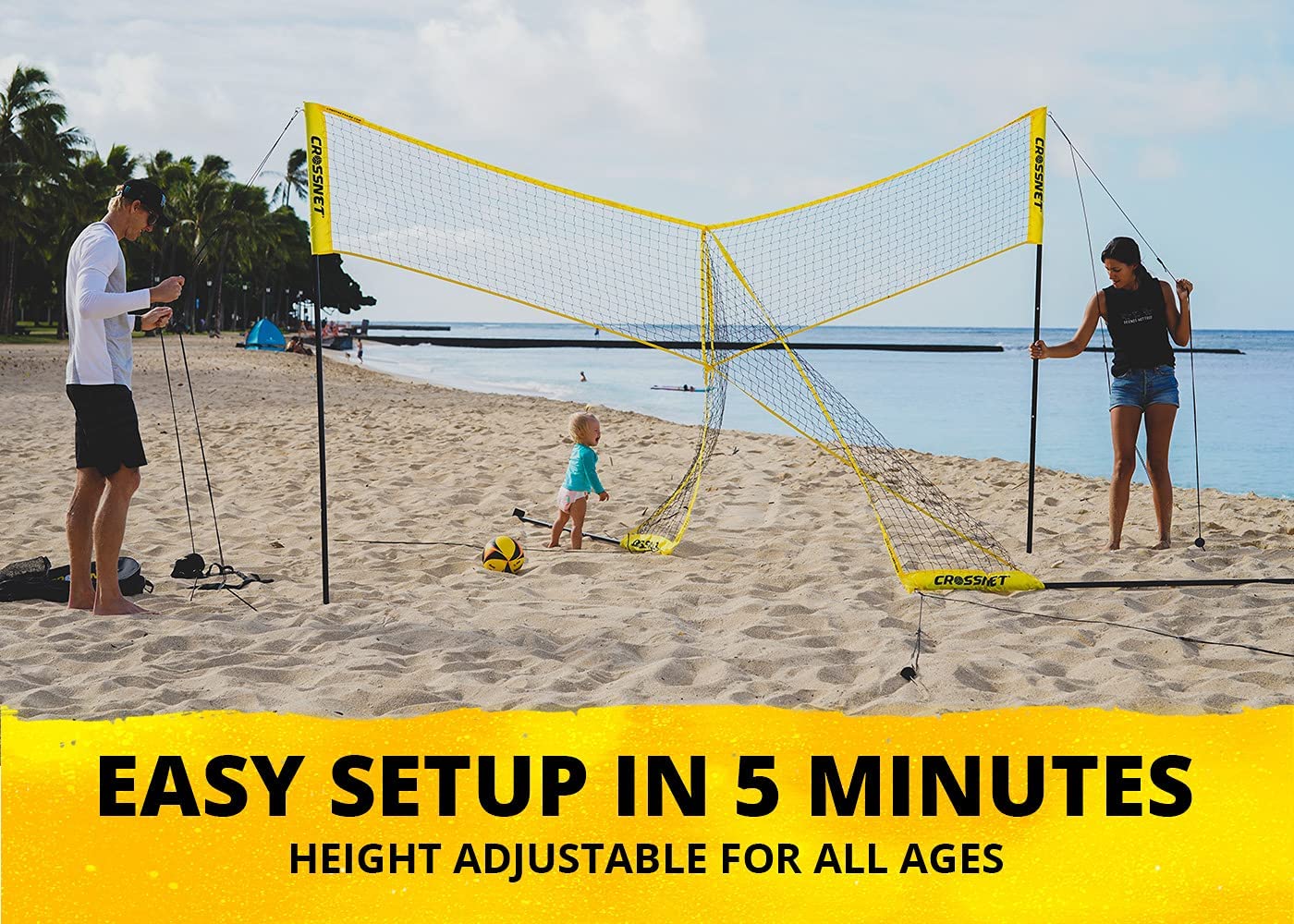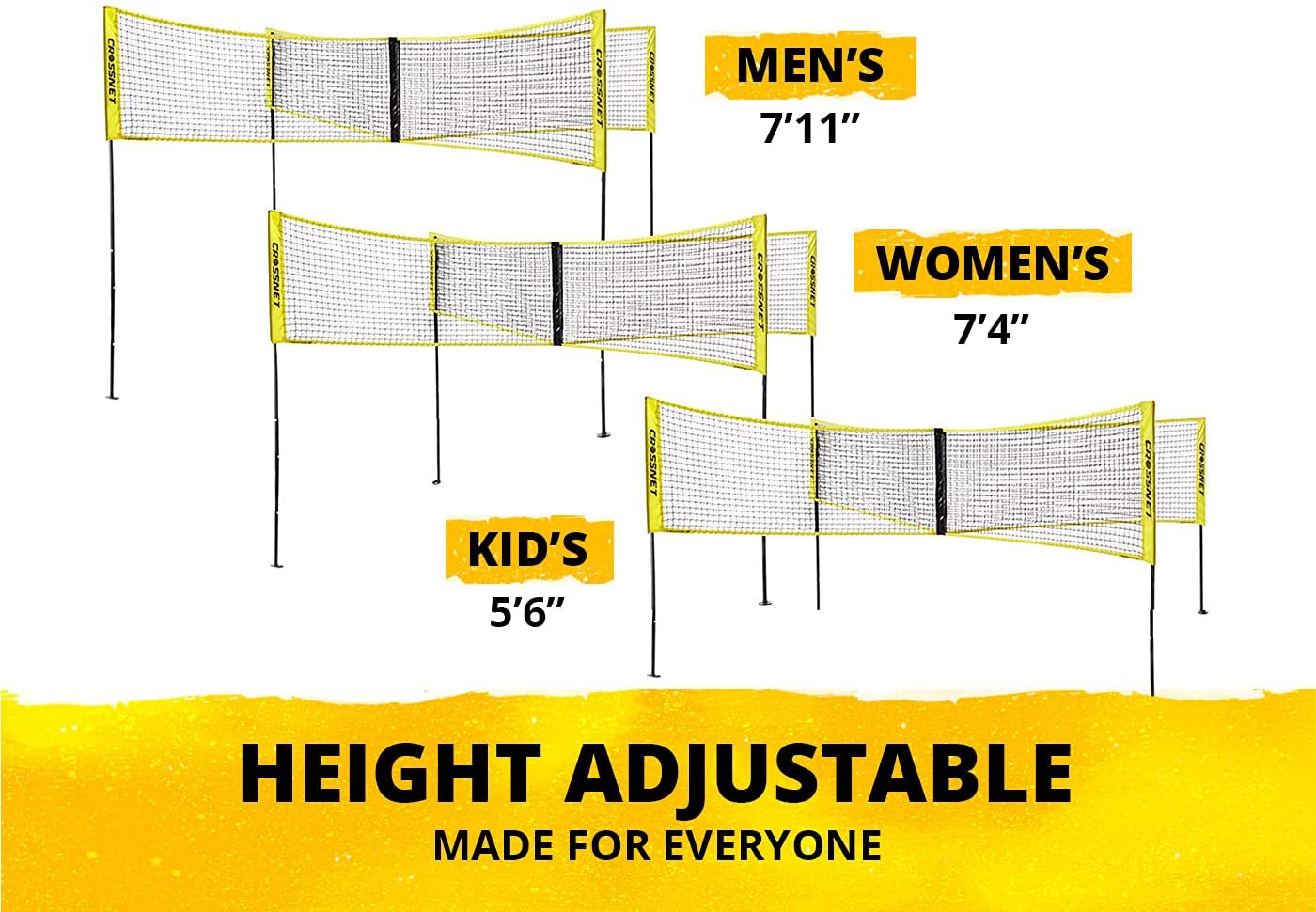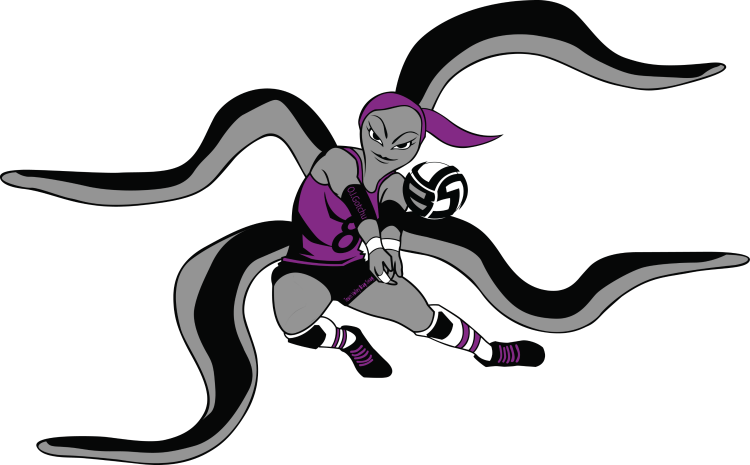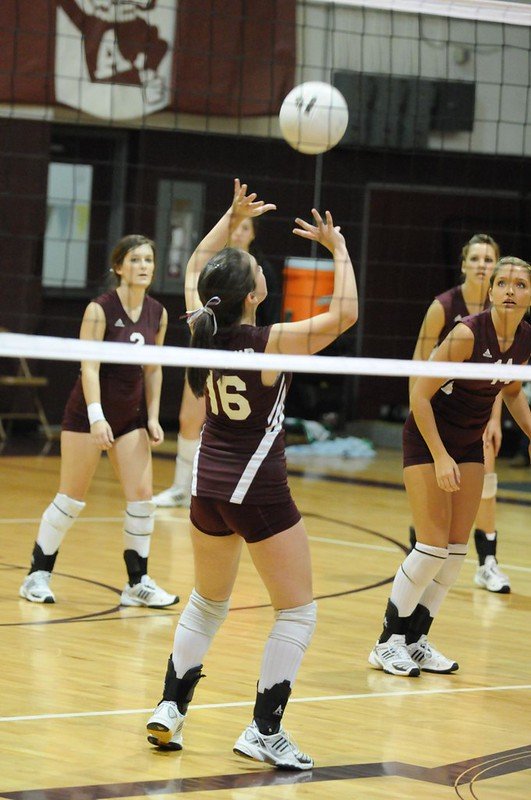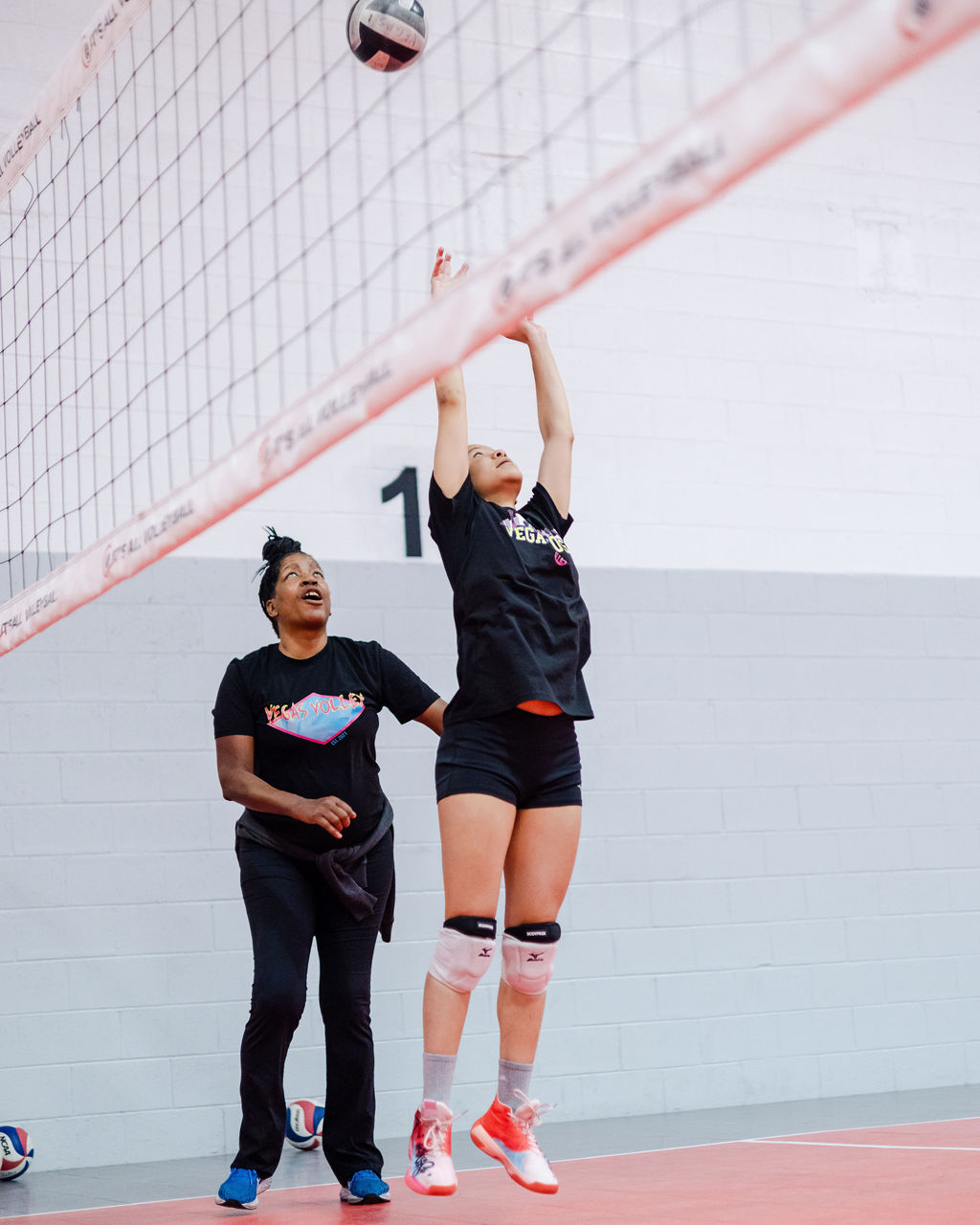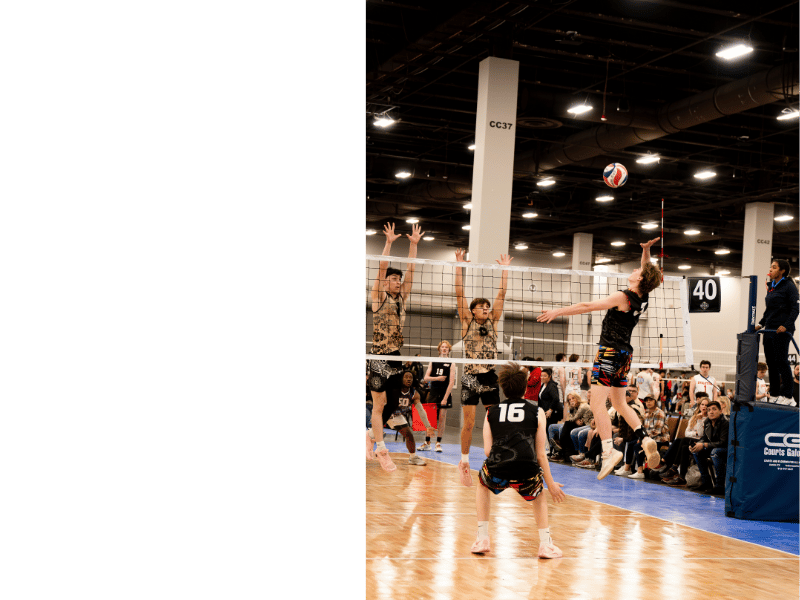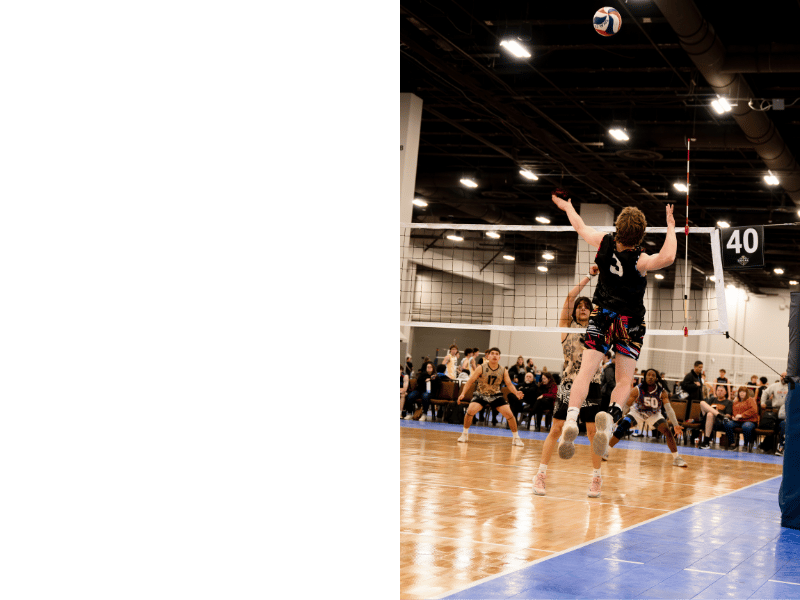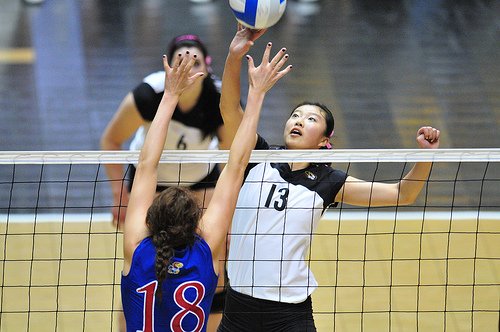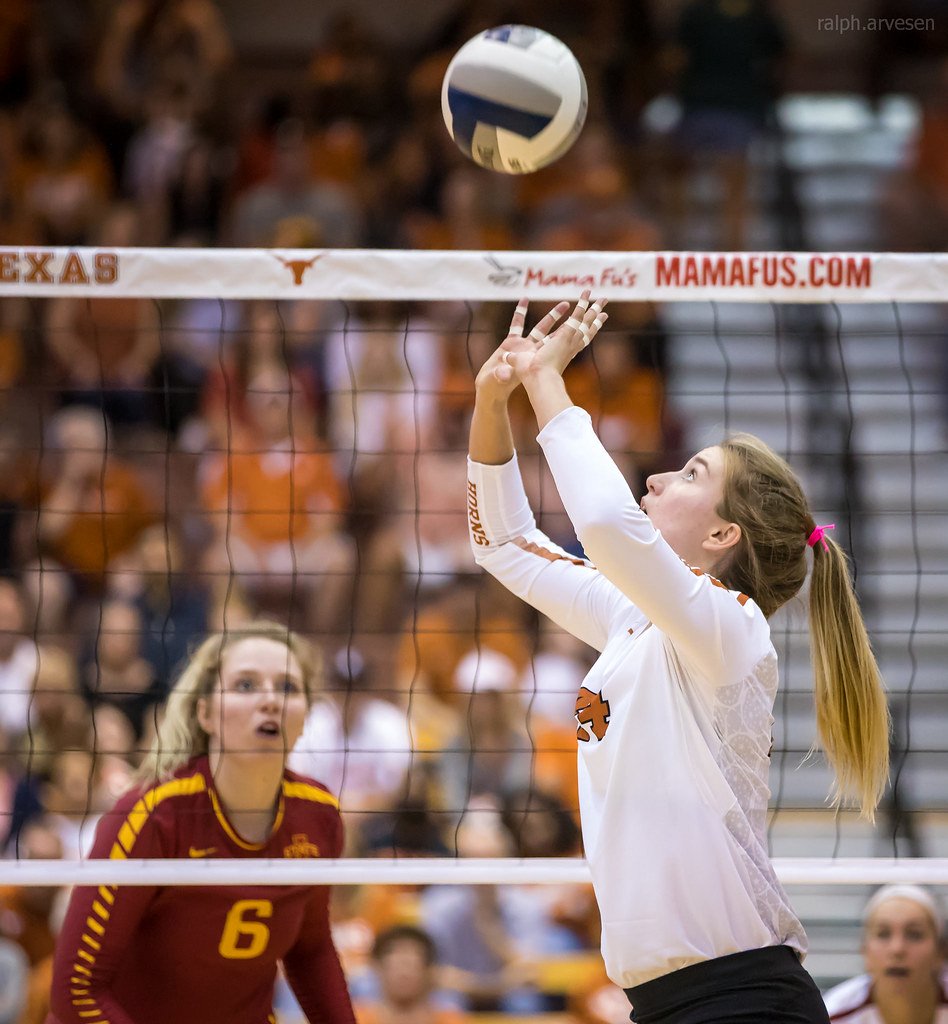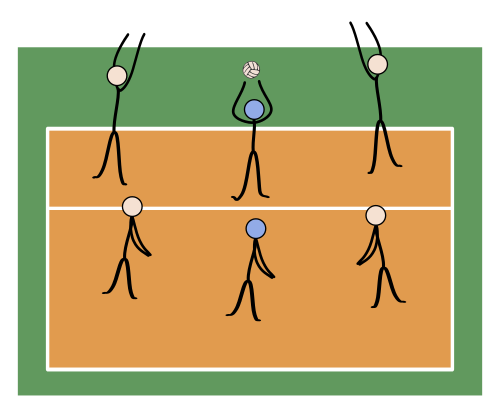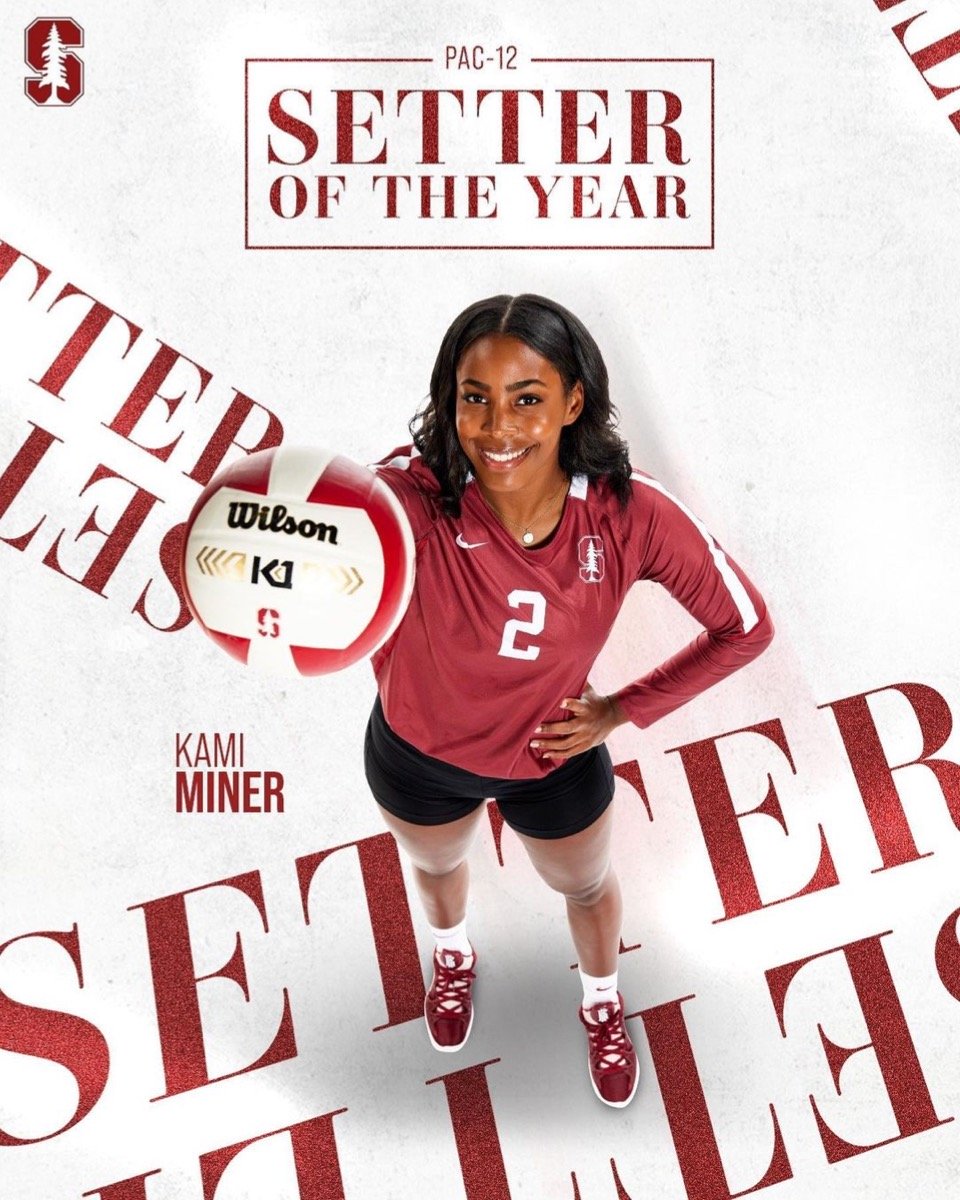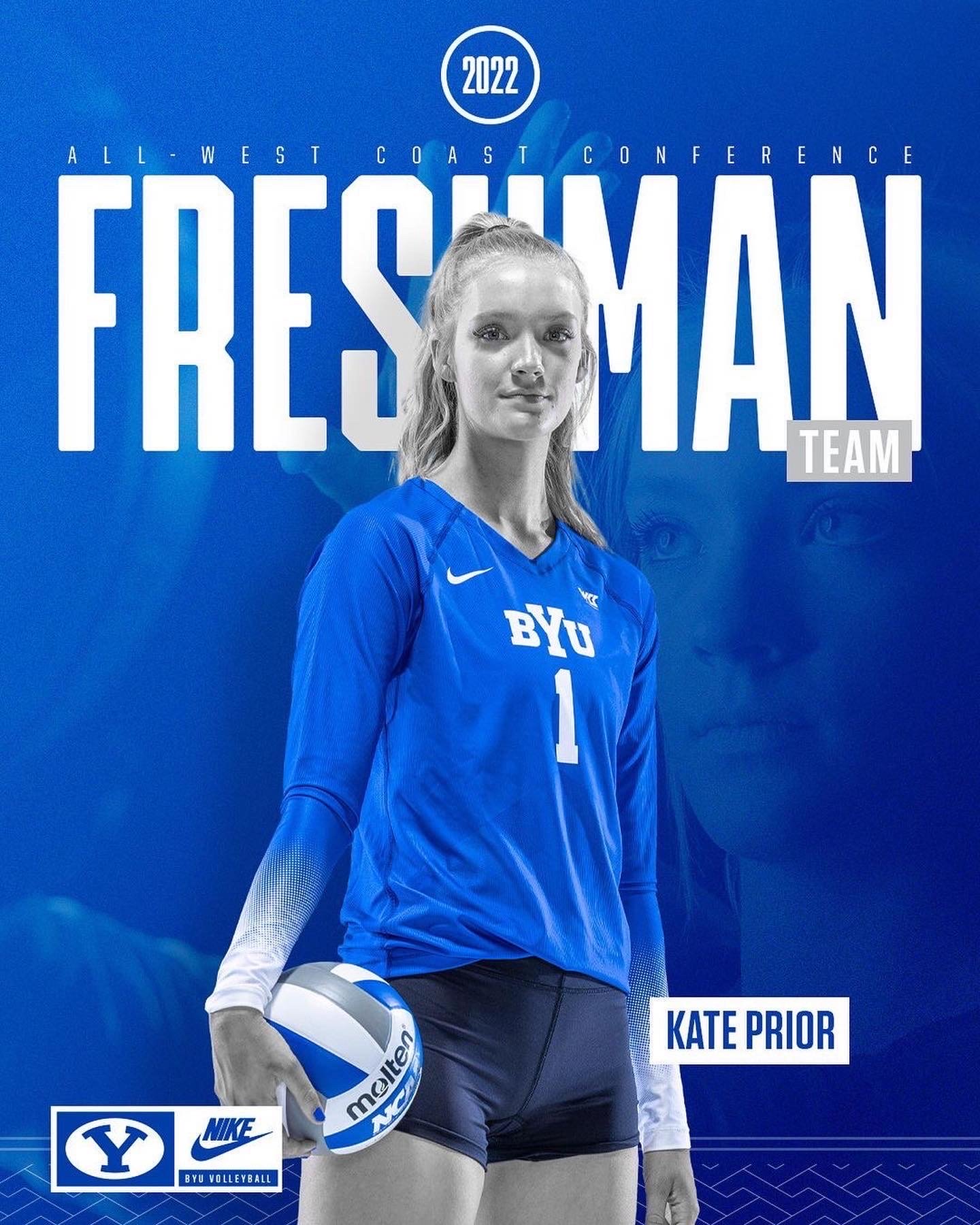- Improve Your Volleyball with Coach April
- Volleyball Positions
- Libero Volleyball Player Responsibilities
 Dear Volleyball Mom,
Do You Know What Sets My Private Volleyball Training Apart From Anyone In Vegas?
I invite You to read what my private volleyball training mission says before considering hiring me as a private volleyball coach because I'm not available for everyone.
Dear Volleyball Mom,
Do You Know What Sets My Private Volleyball Training Apart From Anyone In Vegas?
I invite You to read what my private volleyball training mission says before considering hiring me as a private volleyball coach because I'm not available for everyone.Libero Volleyball Player Responsibilities, Roles, Qualities and Rules
The libero volleyball player has specific qualities and specialized responsibilities in their defensive roles along with special rules created just for them.
The libero volleyball player is a specialized position in the sport, primarily focused on defensive skills, such as digging and passing.
They wear a contrasting color jersey to easily differentiate themselves from their teammates and are subject to specific rules and restrictions.
Most libero volleyball players, on male or female high school or college teams are the best defensive players on the roster.
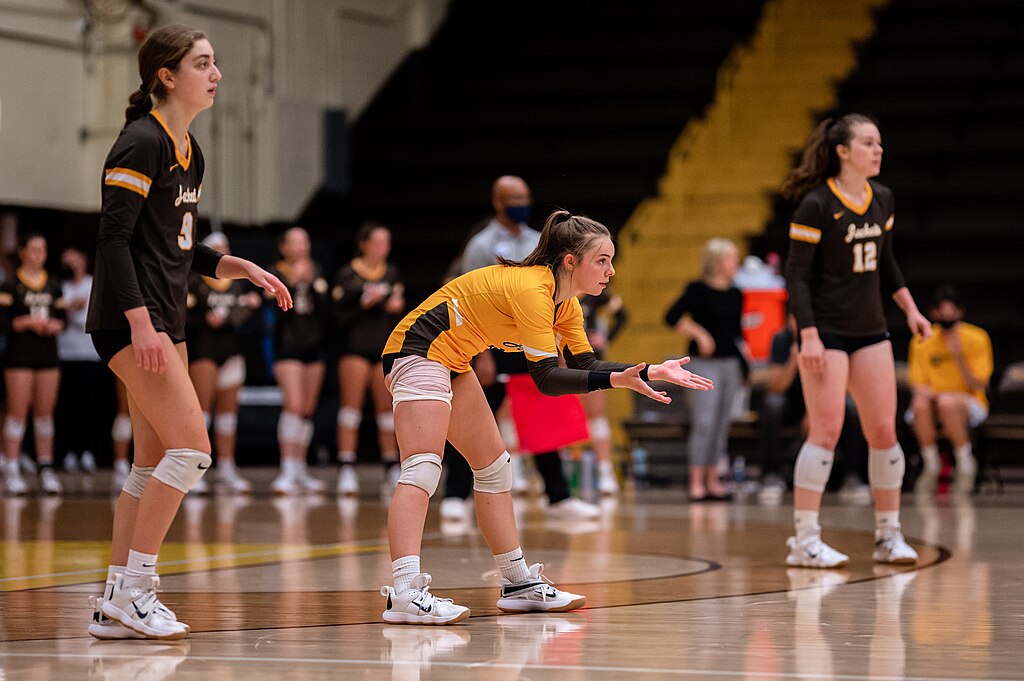 Erik Drost, CC BY 2.0, via Wikimedia Commons
Erik Drost, CC BY 2.0, via Wikimedia Commons
The libero's role on the team is to excel in defensive play and provide exceptional ball control.
They typically play in the backcourt and have the freedom to enter and exit the game without counting towards traditional substitution limits.
The libero's specialized skills allow them to enhance the team's defensive capabilities and contribute to successful rallies.
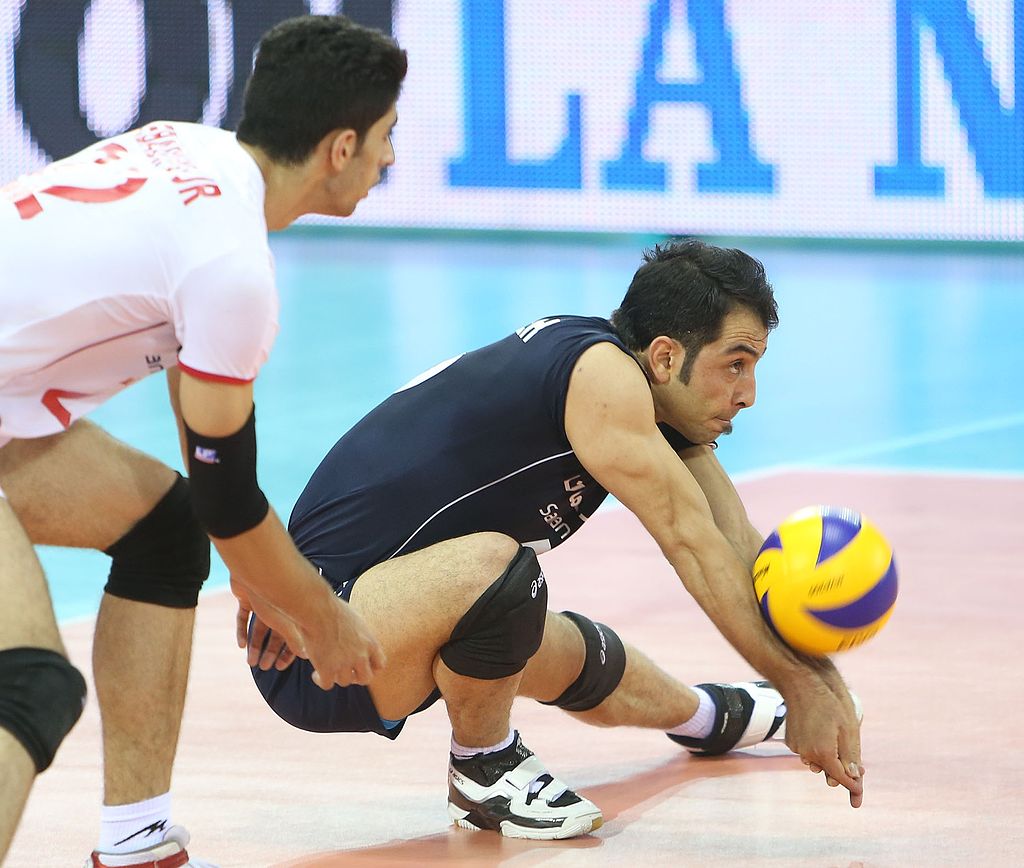 fivb volleyball world ligue, Attribution, via Wikimedia Commons
fivb volleyball world ligue, Attribution, via Wikimedia Commons- have great ball control skills,
- be quicker at reading where a ball is going to land in their court
- be faster in defense than their teammates
All three of these characteristics are qualities many coaches think makes them ideal players for this position.
The Responsibilities of the Libero Volleyball Player
What's The Role of The Libero?
The libero is responsible for receiving powerful serves, making accurate digs, and delivering precise passes to set up their teammates for successful attacks.
They have excellent court vision, quick reflexes, and the ability to read the game, enabling them to anticipate and react quickly to incoming attacks.
Liberos take over larger areas of the court when passing the ball in serve receive and should have a killer serve if they play in some high schools and in college.
Many times, they will be allowed to take more area of responsibility on the court in serve receive because they are so specialized in what they do.
The more of the court a volleyball defensive player or libero can take in serve receive, the more her outside hitting teammates can concentrate on just getting ready to spike the ball.
On some teams there will be defensive specialists and liberos on the court at the same time which some coaches think is advantageous.
But, for most teams they limit their defensive positions to just having liberos.
Detailed Information on the Libero's Responsibilities:
The libero volleyball player has specific responsibilities during gameplay that are crucial to the team's defensive success. Here is a breakdown of their key responsibilities:
1. Serve Receive: One of the primary roles of the libero is to be a key player in serve receive. They are responsible for receiving the opponent's serves with accuracy and precision, ensuring the ball is properly passed to the setter. The libero must excel in reading the server's spin, speed, and trajectory to position themselves correctly and make accurate passes.
Example: When an opponent serves a powerful jump float serve, the libero must quickly react, move to the designated passing zone, and make precise passes to set up an effective offensive play.
2. Defensive Positioning: The libero's defensive positioning is crucial for the team's overall defense. They must have excellent court awareness and quickly assess the opponent's attacking options, positioning themselves strategically to make timely digs and defensive plays. The libero is often responsible for covering a larger area of the court to retrieve difficult balls and keep the play alive.
Example: When the opponent's outside hitter attacks a cross-court shot, the libero must anticipate the trajectory, adjust their positioning, and make a well-timed defensive dig to prevent the ball from hitting the ground.
3. Passing Accuracy: The libero plays a vital role in ensuring accurate passing to set up effective offensive plays. They should possess exceptional ball control and passing skills to deliver precise and consistent passes to the team's setter. By making accurate passes, the libero helps the team maintain offensive momentum and facilitates the execution of various attacking options.
Example: When the opposing team initiates a powerful spike, the libero must dig the ball accurately and deliver a controlled pass to the setter, enabling the setter to set up a powerful attack by the team's hitters.
Strategies:
To excel in their responsibilities, liberos can employ specific strategies to enhance their defensive effectiveness:
- Reading the Setter: The libero should focus on reading the opposing team's setter, analyzing their body positioning and hand movements to anticipate potential attacks and adjust their defensive positioning accordingly.
- Quick Reaction and Lateral Movement:
The libero needs to react quickly to defensive situations and showcase agile lateral movement to cover a larger area of the court effectively.
By responding swiftly to the opponent's attacks, the libero can make timely digs and passes.
- Communication and Team Coordination:
The libero serves as a defensive leader on the court. Effective communication with teammates, specifically with the middle blockers and other back-row players, is essential to ensure smooth defensive transitions and coverage.
By excelling in their responsibilities and implementing strategic approaches, liberos play a vital role in maintaining the team's defensive stability and contributing to their overall success on the volleyball court.
Libero Defensive Strategies
Who Do Libero Volleyball Players Come In The Game For?
The libero position is vital to a team's defensive strategy. Their exceptional defensive skills, agility, and ball control make them valuable assets in keeping the ball in play and frustrating opponents with their exceptional digging abilities.
By providing stable and accurate passes, they facilitate smooth transitions from defense to offense, allowing the team to maintain offensive momentum.
For the most part, middle blockers are the ones most often replaced by their team's liberos when it comes time for them to rotate to the backrow to zone 1 to serve.
First, the liberos play all the way through the back row, then when they get to zone four (4) they come out of the game to let their middle blockers play the front row.
Before the referee blows the whistle, the libero can come in and out of the game.
Only when the ball is not in play can a libero come up to the sideline, which is located between the end line and the attack line, to enter the court to come into the game for their designated middle blocker or player they are coming in for.
Coach April Chapple's Volleyball Passing Tips For Youth Volleyball Players
Once the middle blockers have rotated through all three front row positions, and have played in position two or after they have been allowed to serve the ball, then that's when the libero comes back in.
Libero Volleyball Rules
Regulations for The Libero Player
Once a player is chosen as the libero, then they are the designated libero for the entire tournament, or match.
If for any reason this first designated libero needs to be changed because of illness or injury, then whoever is chosen to substitute her will have to remain the libero for the rest of the tournament.
Further Clarification on Libero Substitutions
Libero substitutions have specific rules and regulations that govern their role on the team. Here are additional details to provide further clarification on libero substitutions:
1. Limitations: Unlike regular player substitutions, liberos have fewer limitations on when and how often they can enter or exit the game. They can freely substitute with any back-row player an unlimited number of times throughout the match.
2. Timing: Liberos are allowed to enter and exit the game only when the ball is not in play and before the referee blows the whistle to resume play. This typically occurs during rotational transitions when the designated player they are substituting for rotates to the back row.
3. Designated Player: Liberos are assigned to replace a specific player, often a middle blocker or another back-row player, known as the "designated player." The libero can only enter and exit the game for that specific player throughout the match. Once the libero replaces the designated player, they must continue substituting for them for the remainder of the match.
4. Rally Requirement: It's important to note that there needs to be at least one rally between two libero substitutions. A rally refers to a sequence within a match where the ball is played between opposing teams, excluding service errors, illegal hits, and other penalties.
5. Sideline Location: During libero substitutions, the libero enters or exits the court from the sideline area, positioned between the end line and the attack line. This designated area ensures a smooth substitution process and allows the libero to replace the designated player efficiently.
It's important for teams and coaches to adhere to these rules and regulations to ensure proper execution of libero substitutions. By understanding the limitations, timing, and designated player requirements, teams can strategically utilize the libero position to enhance their defensive abilities and optimize their overall gameplay.
Remember, specific leagues or competitions may have slight variations in libero substitution rules, so it's always essential to consult the official rules and regulations of the particular governing body or tournament to ensure compliance.
How Do Libero Volleyball Players Differ From Other Players?
Insights on the Libero's Jersey Color and Substitution Tracking
Volleyball regulations require the libero jersey to be a different color than that worn by their teammates.
The libero volleyball player wears a different color jersey than their teammates, and this serves a significant purpose in tracking their substitutions.
The contrasting jersey color is an essential visual identifier for officials, coaches, and spectators to distinguish the libero on the court.
Here's why the libero's jersey color and substitution tracking are significant:
1. Easy Identification: The libero's jersey color ensures that they are easily distinguishable from other players on the court. This visual distinction helps referees, coaches, and fans quickly identify the libero's movements and understand their specialized role in the game.
2. Substitution Tracking: The libero's jersey color aids in tracking their substitutions during the match. Since liberos can enter and exit the game without counting towards traditional substitution limits, the contrasting jersey color allows officials to visually track their movements and substitutions accurately.
3. Substitute Recognition: In fast-paced volleyball matches, it is crucial for officials to recognize and track the libero's substitutions to maintain the integrity of the game. The distinct jersey color acts as a visual cue that alerts officials when a substitution involves the libero.
4. Compliance with Rules: The rules of volleyball-specifically outlined by the governing body, the International Volleyball Federation (FIVB)- specify that the libero must wear a jersey that is a "uniformly contrasting color" to their teammates' jerseys. This rule ensures uniformity and compliance in the sport.
It's important to note that the specific color requirements for the libero's jersey may vary depending on the league, competition, or tournament regulations. It is up to the organizing body or event officials to determine the acceptable colors and ensure they conform to the rules and guidelines.
By adhering to the libero's jersey color requirements and clearly tracking their substitutions, the sport can maintain fairness, transparency, and efficient game flow.
Here is an expanded section on the libero's impact on team dynamics:
Here is an expanded section on the libero's impact on team dynamics:
The libero's specialized skills and role make a significant contribution to the team's overall defensive strategy. Here's how their presence enhances the team's dynamics:
1. Enhanced Ball Control: The libero's exceptional defensive skills and ball control significantly improve the team's ability to handle challenging serves and attacks. Their quick reflexes and precise passing allow the team to maintain better control of the ball, reducing errors and providing more accurate setups for offensive plays.
2. Organizational Leadership: The libero often takes on a leadership role in organizing the team's defense. They have an in-depth understanding of defensive positioning, court coverage, and defensive strategies. Through effective communication and coordination with their teammates, the libero ensures that everyone is in the right position, maximizing defensive efficiency and minimizing gaps in coverage.
3. Defensive Transition: The libero plays a vital role in smoothly transitioning from defense to offense. Their quick reactions and accurate passing facilitate efficient transitions, enabling the team to launch effective counter-attacks. By swiftly transitioning the ball from defense to the setter, the libero helps maintain offensive momentum and keeps the opponent on their toes.
4. Defensive Stability: The libero's specialized defensive abilities bring a sense of stability to the team's defensive lineup. Their presence on the court instills confidence in their teammates, knowing that they have an exceptional defender who can reliably dig challenging shots. This stability boosts the team's overall defensive strength and provides a solid foundation for successful rallies.
5. Communication and Support: The libero acts as a vital communication hub during defensive plays. They continually provide feedback, guidance, and support to their teammates, helping them make split-second decisions and adjustments. Their ability to read the game and effectively communicate helps the team to adapt to the opponent's strategies and react accordingly.
Overall, the libero's specialized skills and role significantly enhance the team's defensive capabilities. Their expertise in ball control, organizational leadership, and defensive transitions provide a solid foundation for the team's success. By optimizing ball control, ensuring proper positioning, and fostering effective communication, the libero strengthens the team's defensive strategy and contributes to their overall performance on the court.
Frequently Asked Questions about the Libero Position in Volleyball
Q: What is the libero position in volleyball?
A: The libero position is a specialized role in volleyball focused on defensive skills, such as digging and passing. The libero wears a contrasting color jersey and has specific rules and responsibilities within the game.
Q: Can a libero serve in volleyball?
A: Yes, liberos are allowed to serve the ball. They can utilize their defensive skills to make accurate and strategic serves, contributing to the team's overall performance.
Q: How is the libero position different from other positions in volleyball?
A: The libero position differs from other positions in that it has specific substitution rules, defensive responsibilities, and jersey color requirements. The libero specializes in defensive skills and is restricted from certain offensive actions, like hitting from the front row.
Q: What are the responsibilities of a libero player during a game?
A: The libero's main responsibilities include serve receive, defensive positioning, accurate passing, and facilitating smooth defensive-to-offensive transitions. They are crucial to the team's defensive strategy and excel in ball control and reading the opponent's attacks.
Q: How does a team benefit from having a libero?
A: The team benefits from having a libero as they provide exceptional defensive skills and enhance the overall defensive capabilities. Their specialization allows other players to focus on their offensive roles, while the libero maintains stability and control in the backcourt.
Q: Can a libero set the ball to their teammates?
A: Yes, a libero is allowed to set the ball to their teammates, providing accurate passes to facilitate offensive attacks. However, their primary focus is on defensive skills, and setting is a secondary responsibility.
Q: Are there any specific rules regarding the libero's jersey color?
A: The libero is required to wear a jersey that is a uniformly contrasting color to their teammates. This visual distinction helps officials and spectators identify and track the libero's movements and substitutions.
Q: How many substitutions can a libero make during a match?
A: The libero is allowed to freely enter and exit the game without counting towards the team's traditional substitution limits. This flexibility allows teams to strategically optimize player rotations and maintain a strong defensive presence.
Q: Can a libero switch roles or positions during a game?
A: No, once a player is designated as the libero for a match, they must remain in that position for the entire duration of the match. Libero substitutions are specific to the designated player they are replacing and cannot be changed during the match.
Q: What distinguishes a libero from other players on the court?
A: The libero has distinct characteristics that set them apart from other players. They wear a different colored jersey to easily identify their position and have specific rules that limit their offensive involvement, such as restrictions on hitting from the front row.
Q: Can a libero serve in volleyball?
A: Yes, the libero is allowed to serve the ball in volleyball. While their primary role is focused on defense, they can contribute to the team's performance by delivering strategic and accurate serves.
Q: How many liberos can a team have on the court during a game?
A: Each volleyball team is allowed to have only one libero on the court at a time. This rule ensures that the libero position maintains its specialized role and purpose.
Q: Are liberos allowed to attack or block the ball?
A: No, liberos are not allowed to attack or block the ball when positioned in the front row. Their role is primarily defensive, focused on digging, passing, and facilitating efficient offensive transitions.
Q: Can a libero switch roles or positions during a game?
A: No, once a player is designated as a libero for a match, they must remain in that position for the entire duration of the match. Libero substitutions are specific to the designated player they are replacing and cannot be changed during the match.
Q: How does the libero's jersey color aid in tracking their substitutions?
A: The libero wears a contrasting colored jersey, distinct from their teammates, which helps officials and spectators track their substitutions. The visual cue provided by the jersey color aids in accurately recognizing when the libero enters or exits the game.
Q: What are the responsibilities of a libero in serve receive?
A: In serve receive, the libero is responsible for being the primary passer who handles the opponent's serve with accuracy and consistency. They must excel in reading the server's techniques and deliver precise passes to set up offensive plays.
Q: Can a libero set the ball to their teammates?
A: Yes, liberos can set the ball to their teammates. While their primary role is defensive, they possess the skill and capability to deliver accurate sets to facilitate offensive attacks.
Q: How does a team benefit from having a libero on the court?
A: A team benefits from having a libero in many ways. The libero is highly skilled in defensive techniques, improving the team's ability to dig difficult balls and establish strong defensive plays. Their presence allows other players to focus on their specialized offensive roles, enhancing overall team performance.
Remember, these answers provide a general overview of the libero position in volleyball. Specific rules and regulations may vary depending on the league, level of play, and individual team dynamics.
Quiz Time! Test Your Skills: Interactive Volleyball Quiz Section
Welcome to the Volleyball Libero Quiz!
Test your knowledge on the dynamic libero position in volleyball and see how much you've learned from the content on this page.
Answer these 10 questions and find out if you're a libero expert! Good luck!
1. What is the primary role of a volleyball libero?
a) Hitting and blocking
b) Digging and passing
c) Serving and setting
2. True or False: The libero is easily identified on the court by wearing a contrasting color jersey.
a) True
b) False
3. When can a libero be substituted during a game?
a) Only during timeouts
b) Anytime with no limitations
c) Only when the coach signals for a substitution
4. What is one key defensive skill that a libero should excel in?
a) Spike hitting
b) Serving accuracy
c) Digging
5. Which player can a libero substitute for during a game?
a) Any player on the team
b) Only front-row players
c) Only back-row players
6. Can a libero hit or attack the ball in the front row?
a) Yes, as the libero is an all-around player
b) No, a libero cannot hit or attack in the front row
7. What is the purpose of a libero wearing a different color jersey?
a) To easily identify the libero on the court
b) To signify the team captain
c) To show appreciation for the libero's skills
8. How many liberos can a team have on the court during a game?
a) One libero per team
b) Two liberos per team
c) Unlimited number of liberos per team
9. How does the libero position impact team substitutions and rotations?
a) Libero substitutions do not count towards the regular substitution limit.
b) Liberos can only substitute for other back-row players.
c) Liberos cannot rotate to the front row during a match.
10. What is one key aspect of the libero's role that contributes to faster transitions in the game?
a) Their exceptional blocking skills
b) Their ability to communicate with teammates
c) Their precise passing to facilitate quick sets
Remember, these quizzes are all for fun! There's no need to worry if you find some answers tricky.
The most important thing is to enjoy the challenge and learn more about the wonderful sport of volleyball.
Share your answers with friends and challenge them to beat your score! Are you ready to dig deep and explore the fun of volleyball? Let's play!
>Quiz Answer Key:
Answer Key:
1. c) Digging and passing
2. a) True
3. b) Anytime with no limitations
4. c) Digging
5. c) Only back-row players
6. b) No, a libero cannot hit or attack in the front row
7. a) To easily identify the libero on the court
8. a) One libero per team
9. a) Libero substitutions do not count towards the regular substitution limit.
10. c) Their precise passing to facilitate quick sets
Remember, whether you answered all correctly or missed a few, the most important thing is that you're learning and having fun!
Share this quiz with your friends and teammates, and see who knows the most about volleyball digs!
Keep practicing and keep digging deeper into the fascinating world of volleyball.
Do You Follow Me on Pinterest?
Follow me on Pinterest Volleybragswag to improve your game even faster!
I share alot of individual, partner and easy-to-do volleyball serving drills we do in class with my followers.
Many of these volleyball practice drills you can do at home by yourself or try at your next practice with your teammates.
If you're a B team or JV player trying to make varsity next year...your goal should be to complete 1000 reps a day of at least three of the basic skills on your own...volleyball passing, serving and setting should be at the top of the list.
Volleyball Positions:
Where Do You Go From Here?
I got you! Here's where you need to go now! Here are three options:
- Learn more about the various Positions in Volleyball by reviewing the Related Links below.
- Follow the suggested reading on our Sitemap page Learning How To Play (Sitemap)
- Or visit the pages in the Volleyball Positions section in the drop down menu at the top of the page.
- Meet O.I. Gotchu the female libero on the Volleybragswag All Beast team.
SUSCRIBE
To My Email Newsletter Below!
From Lady Vol to Legend: Coach April Produces Powerful Passionate Players...is that you?
What Are You Looking For?

Hi there!
Thanks for stopping by. Hope you learned something today that will help you reach your volleyball goals.
Be sure to subscribe to my email newsletter so you can learn more each week!
Stay strong! Stay motivated!
-Coach April

SUSCRIBE
to my email newsletter below!
Vegas Volleyball's Unsung Heroes: Celebrating Moms with Peace Love Volleyball Shirts
Ready to energize your volleyball mom journey?
Subscribe to my 'Producing Powerful Passionate Peaceful Players' email list above on ImproveYourVolley.com.
You'll receive energy-boosting tips, exclusive insights from me, Coach April Chapple on maintaining momentum in volleyball.
Let's power up the Vegas volleyball scene together!
Recent Articles
-
Frequently Asked Libero Volleyball Position Questions Answered
Apr 14, 25 08:10 PM
I answer the most frequently asked libero volleyball position questions many players and coaches ask that will help you learn about the player responsibilities. -
Coach April's Peace Love Volleyball Phrases For T-Shirts Honor Moms
Apr 13, 25 03:49 PM
Whether on the court or in everyday life, April Chapple's volleyball phrases for t-shirts are serving inspiration for players and moms, one message at a time. -
What Is A Setter In Volleyball? My Setting Guide With Answers To FAQs
Apr 13, 25 12:36 AM
Learn what a volleyball setter is from a champion coach. Get expert insights, training tips, and proven strategies for volleyball's most strategic position.
